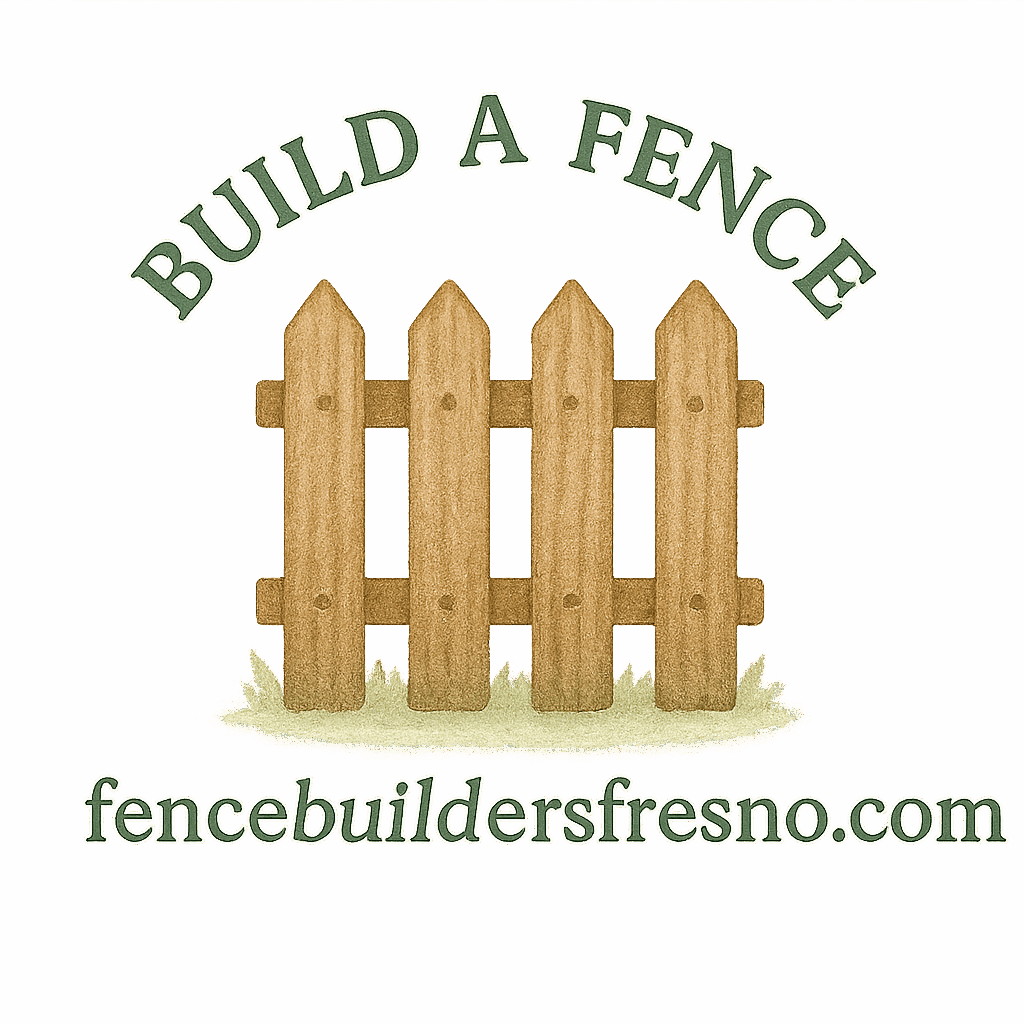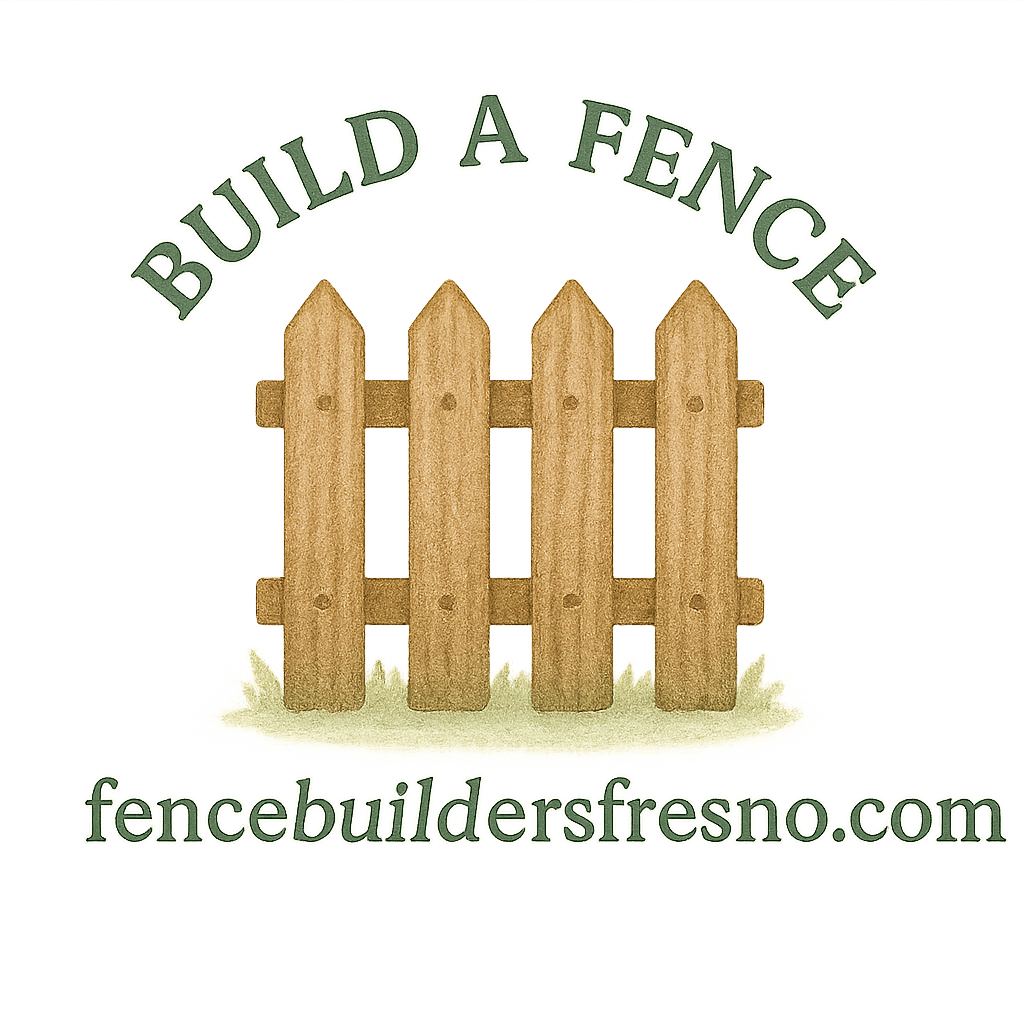Introduction
If you’re thinking of installing a fence, you’re probably dreaming about designs, materials, and the aesthetic finish. But here’s the truth bomb: your fence is only as strong as what it’s standing on. One overlooked but crucial step is laying a gravel base—yes, that bed of small rocks can make or break your fencing project.
In this post, we’re digging into five rock-solid reasons why your fence needs a gravel base. Whether you’re a weekend DIYer or working with a pro, understanding this foundation trick will save you time, money, and a lot of headaches down the line.
So, why does gravel matter so much? Let’s break it down.
What Is a Gravel Base for Fences?
A gravel base is exactly what it sounds like—a bed of gravel placed at the bottom of each fence post hole before setting the post. It might seem minor, but it plays a massive role in your fence’s durability.
Gravel vs. Concrete vs. Dirt
- Dirt offers zero drainage and shifts constantly.
- Concrete is strong but traps water and can lead to post rot.
- Gravel? It’s the sweet spot. It drains well, supports your fence, and doesn’t rot or crack.
Want the full lowdown on fence building basics? You’ll find everything you need there.
Types of Gravel Commonly Used
- Crushed stone – Great for stability.
- Pea gravel – Offers solid drainage.
- Drainage gravel – Specially designed for water flow.
Choose what fits your soil type and climate.
Reason 1: Superior Drainage
Prevents Waterlogging Around Posts
Rain happens. Sprinklers spray. And if water collects at your fence base, you’re in for trouble. Gravel acts like a sponge, allowing water to filter through instead of pooling. That means your posts stay drier, longer.
Reduces Fence Rot and Corrosion
If you’re using wood, rot is your worst enemy. With metal, it’s rust. A gravel base keeps moisture away from direct contact with your posts. Pair it with proper fence maintenance and repair tips and you’re golden.
Reason 2: Enhanced Fence Stability
Gravel Compacts to Provide a Solid Foundation
Unlike shifting dirt, gravel packs down tightly, locking your fence post in place. It creates a rock-solid footing that resists wobbles and sagging.
Resists Soil Shifting and Settling
Got clay soil? Or sand? Gravel handles them both well. As the ground freezes, thaws, and shifts, the gravel flexes just enough to keep your fence standing tall.
Check out our expert fence design and planning guide for more prep tips.
Reason 3: Longer Lifespan of Your Fence
Reduces Maintenance Needs
No one enjoys regular repairs. A gravel base minimizes the wear and tear caused by poor drainage and unstable soil, reducing your visits with a hammer or replacement board.
If you’re looking to extend your investment, explore our fence types comparisons and see which combinations work best with gravel.
Prolongs Structural Integrity
Gravel doesn’t just support today’s fence—it ensures it stands tall for years. This means fewer leaning posts, no bottom rot, and less need to replace materials prematurely.

Reason 4: Cost-Effective in the Long Run
Lower Repair Costs
Post replacement isn’t cheap. Gravel cuts down on rot-related issues and shifting, so you’re less likely to need frequent repairs.
Explore low-maintenance fencing solutions to pair with a gravel base for even more savings.
Avoids Fence Replacement Due to Rot
Nothing’s worse than tearing down a good-looking fence because the base failed. Gravel prevents that by keeping the worst enemies—water and instability—at bay.
Reason 5: Easier DIY Fence Installation
Simple to Level and Adjust
Gravel makes the install process much more forgiving. Want to reposition a post slightly? No need to break concrete—just shift and re-tamp.
Planning your own DIY fence project? Gravel is your best friend.
Cleaner Worksite and Faster Workflow
Concrete is messy and time-consuming. Gravel is clean, easy to handle, and perfect for working at your own pace without stress.
Gravel Base and Different Fence Types
Best Fences for Gravel Bases
- Wood fences – Protects against bottom rot. See more on wood fence care.
- Vinyl fences – Gravel adds needed weight. Check out vinyl fence maintenance tips.
- Metal fences – Great for avoiding rust at the base.
Not Ideal Situations for Gravel Bases
In some wet clay-heavy areas, gravel alone may not hold. In these cases, combining gravel with concrete collars might be smarter. Always assess your soil type.
Planning Your Fence with a Gravel Base
Step-by-Step Gravel Base Installation Guide
- Dig a hole about 24-30 inches deep.
- Add 6-8 inches of gravel.
- Place the post.
- Add gravel around the post while checking level.
- Tamp down as you go.
- Top off with dirt or more gravel, based on preference.
Tools and Materials Needed
- Post hole digger
- Gravel (crushed stone preferred)
- Post level
- Tamper tool
- Gloves and shovel
Want more help on this step? Visit our fence installation guide for in-depth walkthroughs.
Common Mistakes to Avoid
Skipping the Drainage Check
Before dropping gravel, make sure your soil drains. Poor drainage? Gravel won’t help much unless you improve it.
Using the Wrong Gravel Type
Not all gravel is created equal. Pea gravel is smooth and can shift; crushed stone offers better grip and compaction.
Still unsure? Our fence guide has resources for choosing the right setup.
Conclusion
Choosing to build your fence on a gravel base might seem like a small detail—but it’s a game-changer. From better drainage to long-term durability and simpler DIY installations, gravel sets the foundation for success.
If you’re ready to give your fence the base it deserves, start by reading our full guide to fence building basics and explore styles through our decorative fence tags.
FAQs
1. Can I use gravel for all types of fences?
Mostly, yes! Wood, vinyl, and metal all benefit from a gravel base—just ensure your soil drains well.
2. How deep should the gravel base be?
A good rule: at least 6–8 inches of gravel at the bottom of each post hole for best stability.
3. Is gravel better than concrete for fence posts?
In many cases, yes! Gravel offers drainage, flexibility, and less long-term damage—especially for wood posts.
4. Does a gravel base prevent fence leaning?
Yes! Gravel compacts and grips posts well, keeping them upright even as soil shifts.
5. What’s the best gravel to use for fencing?
Crushed stone #57 or similar types provide the best support and drainage for fencing.
6. Can gravel be reused if I replace my fence?
Absolutely! If it’s clean and not clogged with soil or roots, you can reuse it in new post holes.
7. Where can I learn more about fence law and property lines?
Check out legal property considerations and property lines on our site.


